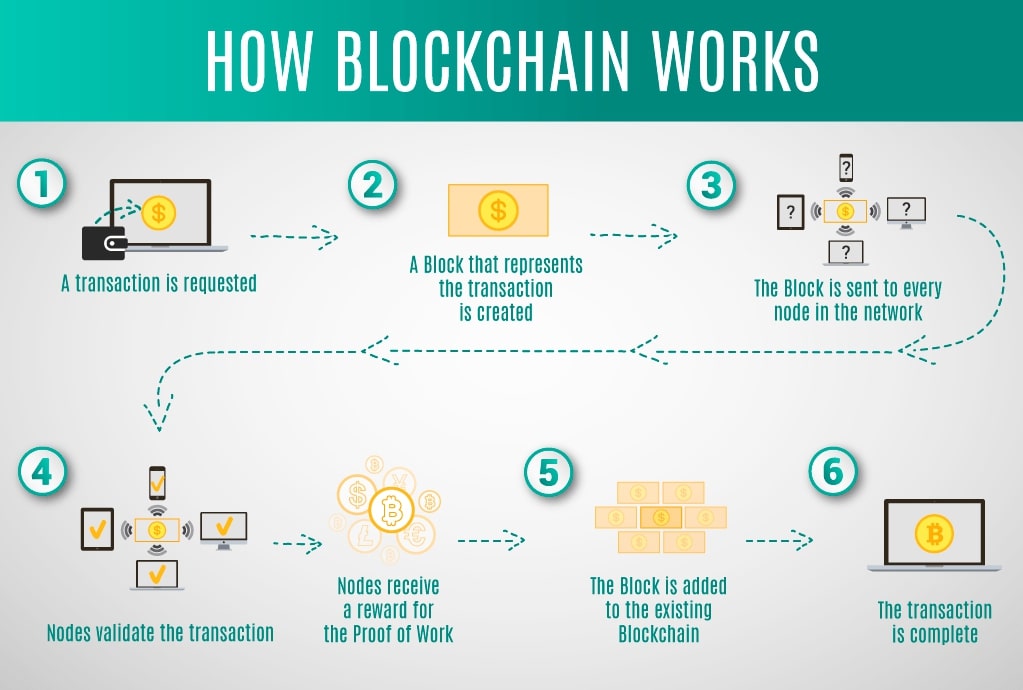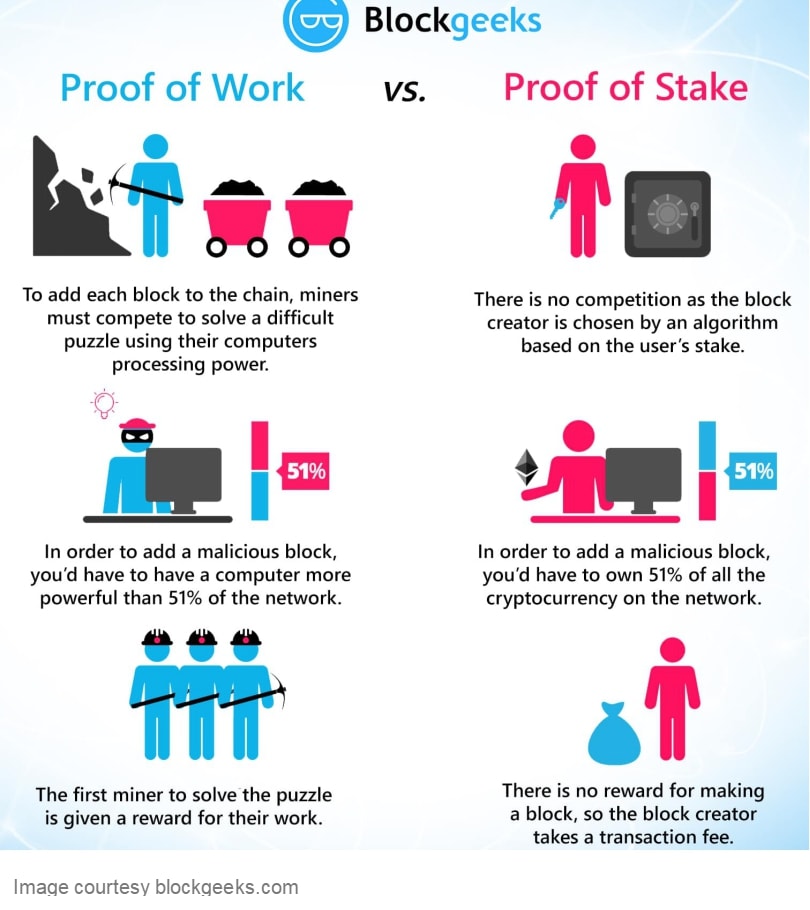Let's address the elephant in the room. What is a blockchain after all?
“Blockchain is an incorruptible digital ledger of economic transactions that can be programmed to record not just financial transactions but virtually everything of value.”(Don & Alex Tapscott, authors Blockchain Revolution 2016).
Putting it into simple terms it is basically a rapidly growing list of records called blocks which are linked using cryptographic hash functions. Each block contains a cryptographic hash of the previous block, a time stamp, and transaction data. Blockchain records the transactions between two parties efficiently in a verifiable and permanent way. We can consider blockchain as a peer to peer network.
Story behind Bitcoin &Blockchain
It is believed that an anonymous person/organization who goes by the name Satoshi Nakamoto invented Bitcoin in 2008 and started in 2009 when its source code was released as open-source software. Bitcoin was introduced to tackle the problem of Double Spending (Double-spending is a potential flaw in a digital cash scheme in which the same single digital token can be spent more than once). Bitcoin paved the way for modern blockchain technology. Bitcoin was based on a distributed ledger system. Bitcoin is completely a decentralized network without a central authority.
Many are confused between the two terms blockchain and cryptocurrency. Blockchain is just a platform like iOS or Android and Cryptocurrency is simply the application that runs on the platform (Just like native iOS and Android apps). Both of them where launched at the same point of time.
3 Pillars of blockchain
1. Decentralization
Blockchain follows a peer to peer architecture. It has ditched the traditional client-server architecture. Decentralization ensures there is no central point of failure. How drupal & blockchain are changing the perception of decentralized architecture.
2. Transparency
All the transactions done on a blockchain network are registered on all the nodes and can be viewed by anyone. The public key of the parties involved in the transactions is shown in the network rather than their personal details. It ensures transparency and privacy at the same time.
3. Immutability
Permanence, with regards to the blockchain, implies that once something has been gone into the blockchain, it cannot be altered. The motivation behind why the blockchain gets this property is that of the cryptographic hash work.
Types of blockchain
1.Public BlockChain
A blockchain that is open to the public. Here no one is charge and anyone can participate in reading/writing/auditing the blockchain. Anyone can review anything on a given point of time on a public blockchain. Example Bitcoin, Litecoin.
2. Private Blockchain
Blockchains that are owned by private organizations or an individual. In Private Blockchains, there is an in-charge person who looks after important things such as read/write and permissions. Example Bankchain
3. Consortium Blockchain
Blockchains are owned by a collective group of organizations that have similar business interests. Example r3, EWF
Working of blockchain

A picture is worth a thousand words. The following image gives a clear idea of how blockchain works.
What is Proof of work & mining in the bitcoin blockchain network ?
Mining is required to add new blocks to the blockchain network. Miners are responsible for validating and adding new blocks to the blockchain.
When we set a transaction this is what happens in the background
- Transactions are grouped together and its called as a block
- Miners verify that transactions in each block are legitimate;
- Miners do verification of the block by solving a mathematical puzzle known as a proof-of-work problem
- The very first minor to solve the block problem is given the reward;
- Once the transaction is verified by the miners then they are stored in the public blockchain.
- Ethereum Blockchain
Like Bitcoin blockchain, Ethereum is a distributed public blockchain-based distributed computing platform and operating system. Ethereum is the Brian child of Vitalik Buterin and Gavin Wood and was initially released in 30th July 2015.
Ethereum blockchain is not limited to just financial transactions. Ethereum focuses on running a programming code of any decentralized application. To put it into simple words it provides a platform for developers to develop decentralized applications. Ethereum follows the proof-of-stake consensus. Unlike Bitcoin blockchain, Ethereum chain uses Validators instead of miners.

Advantages of blockchain
1. 0% Fraud
Each and every transaction done on a blockchain are made public. At any point of time anyone can view the transactions that have occurred on the network. The transactions are always validated by the miners.
2. No legal interference
There are no government entities or financial institutions monitoring the virtual currency transactions.
3.Improved financial efficiency
Blockchain networks allow individuals to make transactions to one another without the involvement of any 3rd party. This greatly improves the financial efficiency as people become less dependent on financial institutions and/or banks.
Disadvantages of blockchain
1.Complexity
The blockchain network is complex in nature. Fare amount of technical knowledge is required when dealing with blockchain technology.
2.Size of blockchain
The blockchain network grows on each successful transactions. The size of the chain also increases at a very rapid rate. Bitcoin blockchain is currently 200GB while Ethereum blockchain is more than 1TB.
3.Need more resources
Blockchain network need nodes to run. Established blockchain networks have enough number of nodes and reward mechanism for facilitating the growth of the network. Finding enough number of nodes and reward mechanisms are a major challenge to building a new blockchain network.




